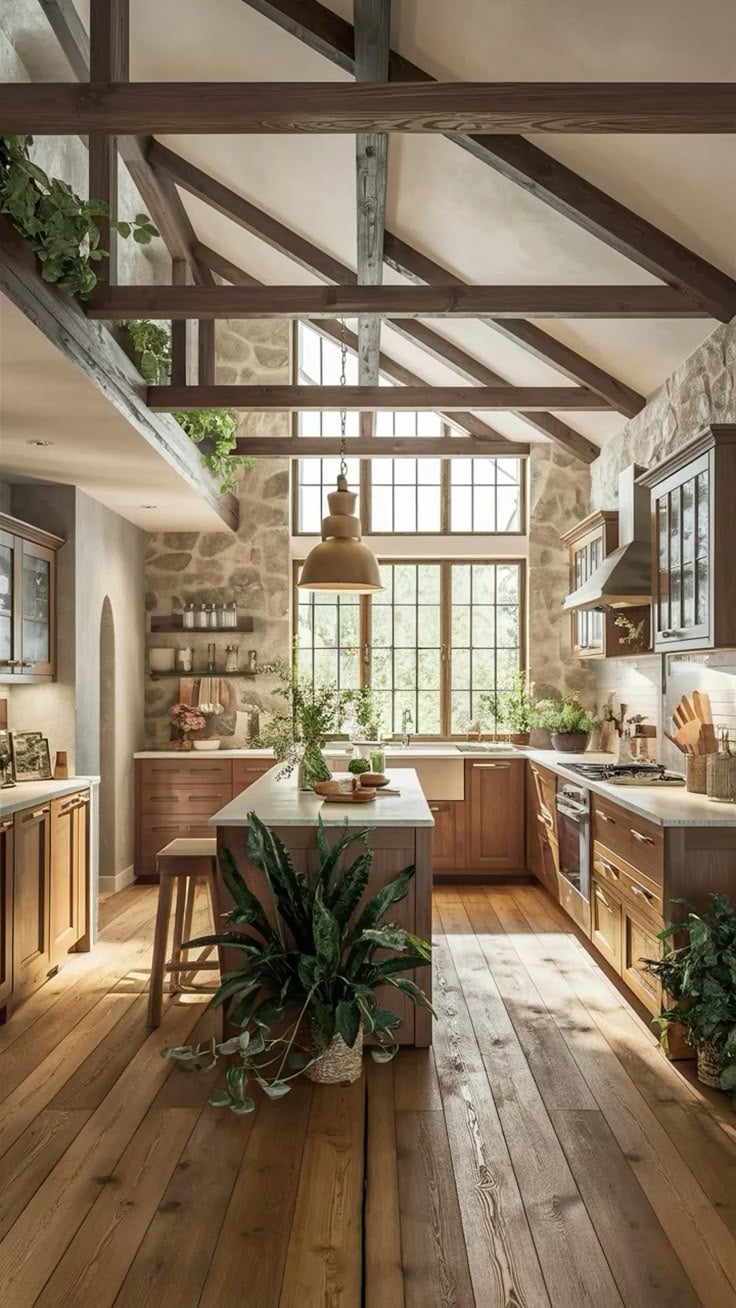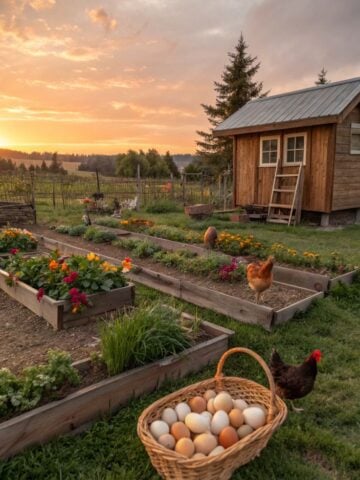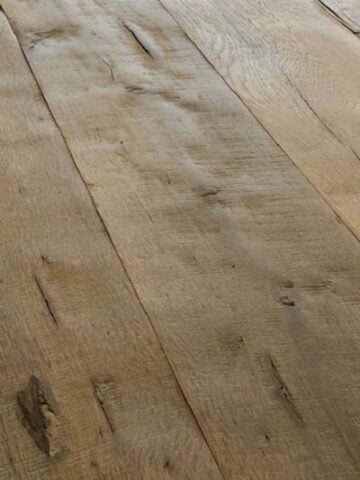Incorporating eco-friendly design elements into your Sarasota home can significantly enhance your living space while reducing environmental impact. By choosing sustainable materials and energy-efficient solutions suited to Florida's climate, you create a healthier environment (greener home) for your family and future generations. With strategic planning and expert guidance, your renovation can be both stylish and sustainable.
Disclaimer: this post may contain affiliate links, and every purchase made through these links will give me a small commission (at absolutely no extra cost for you!) AS AN AMAZON ASSOCIATE AND REWARDSTYLE MEMBER, I EARN FROM QUALIFYING PURCHASES. See Privacy Policy for additional info.
Eco-friendly renovations are more than just a trend—they're a commitment to enhancing quality of life and protecting our coastal environment. As Sarasota homeowners become increasingly conscious of their environmental footprint, sustainable design has emerged as a crucial aspect of home improvement projects. Working with the #1 home remodeling expert in Sarasota ensures your renovation maximizes both efficiency and style while considering our unique subtropical climate.
Setting Sustainable Goals for Your Renovation
Establishing clear eco-friendly objectives at the outset of your renovation project is essential, particularly in Sarasota's demanding climate. These goals guide your material selections and influence the overall design and functionality of your home. The best remodeler in Sarasota can help you make informed decisions that align with both personal style and environmental responsibility.
The first step is evaluating which areas of your home could benefit most from eco-friendly updates. Whether it's upgrading insulation for better heat management or selecting humidity-resistant materials, Domestic Interiors suggests incorporating elements that reduce energy consumption while maintaining comfort and style in Florida's challenging climate.
Choosing eco-conscious materials
When it comes to selecting materials, opting for eco-friendly alternatives can make a significant difference in both durability and environmental impact. Consider using bamboo or reclaimed wood for flooring; these materials offer longevity and a reduced carbon footprint compared to traditional options. Low-VOC paints are another excellent choice, providing vibrant colors without compromising indoor air quality.
Sustainable cabinetry made from responsibly sourced wood can add elegance to any kitchen or bathroom remodel. By prioritizing materials that are not only beautiful but also environmentally responsible, you create spaces that resonate with eco-conscious living. Such choices demonstrate a commitment to reducing waste and supporting sustainable forestry practices.
Energy efficiency essentials for a Greener Home
Improving energy efficiency is a cornerstone of eco-friendly renovations. High-quality insulation, double-glazed windows and modern HVAC systems play vital roles in minimizing energy consumption. These upgrades not only reduce utility bills but also contribute to a smaller carbon footprint by lowering greenhouse gas emissions associated with heating and cooling.
Switching to energy-efficient lighting and appliances further enhances your home's sustainability profile. LED lighting consumes significantly less energy than traditional bulbs while offering comparable brightness levels. Similarly, ENERGY STAR-certified appliances ensure maximum performance with minimal environmental impact.
Designing with natural elements and light
Incorporating natural elements into your home design can profoundly transform its atmosphere. Maximizing natural light through strategic window placement or the addition of skylights can make spaces feel larger and more inviting. Indoor plants introduce greenery and improve air quality by filtering pollutants.
Natural textiles such as cotton or linen add warmth and texture to living spaces while maintaining an eco-friendly focus. Optimizing airflow through thoughtful layout adjustments enhances comfort levels without relying heavily on mechanical systems.
Water conservation measures
Water conservation is another crucial aspect of sustainable home renovations. Low-flow fixtures in bathrooms and kitchens significantly reduce water usage without sacrificing performance. Implementing water-saving landscaping techniques such as xeriscaping can maintain aesthetic appeal while conserving precious resources.
Smart irrigation systems provide precise watering schedules based on weather conditions, ensuring efficient use of water outdoors. These measures contribute not only to resource conservation but also to preserving the natural beauty surrounding coastal areas.
Sustainable decor and furnishings
Selecting sustainable decor options further enhances the eco-friendliness of your renovation project. Furniture crafted from reclaimed or responsibly sourced wood offers timeless style with minimal environmental impact. Domestic Interiors recommends exploring secondhand markets for unique finds that add character without contributing to waste.
By choosing refurbished items over new ones, you actively reduce your carbon footprint while supporting circular economies focused on reuse rather than disposal.
Bringing it all together with expert help
The expertise of reputable remodelers who understand local regulations ensures smoother execution when undertaking an environmentally conscious renovation project from start to finish—especially important given varying codes across regions regarding green building standards or permits required depending upon scope involved within each unique location's context.
Partnering with knowledgeable professionals provides peace-of-mind throughout all stages involved: planning phase right through completion—and even beyond maintenance tips ensuring longevity benefits realized long-term basis thereafter too for a greener home!










Leave a Reply